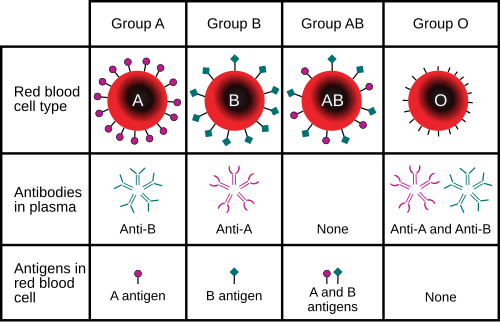The ABO Blood Groups, Genetics and Clinical Importance
|
This article was marked by its author as Under construction, but the last edit is older than 30 days. If you want to edit this page, please try to contact its author first (you fill find him in the history). Watch the discussion as well. If the author will not continue in work, remove the template Last update: Sunday, 05 Feb 2012 at 4.14 pm. |
The ABO blood group system has been discovered by an Austrian scientist called Karl Landsteiner, who was awarded the Nobel Prize for his work. However it was later discovered that a Czech scientist called Jan Janský had first expressed the classification of human blood into four groups but his discovery remained in relative obscurity as the communications were not well developed in that period of time. Studies revealed there to be 4 major ABO blood groups: A, B, AB and O. The ABO groups system is a typical example of genetic polymorphism where changes on the human genome introducing slightly different genes giving rise to these different types of blood groups which are nothing more than antigens on the plasma surface of the erythrocytes.

